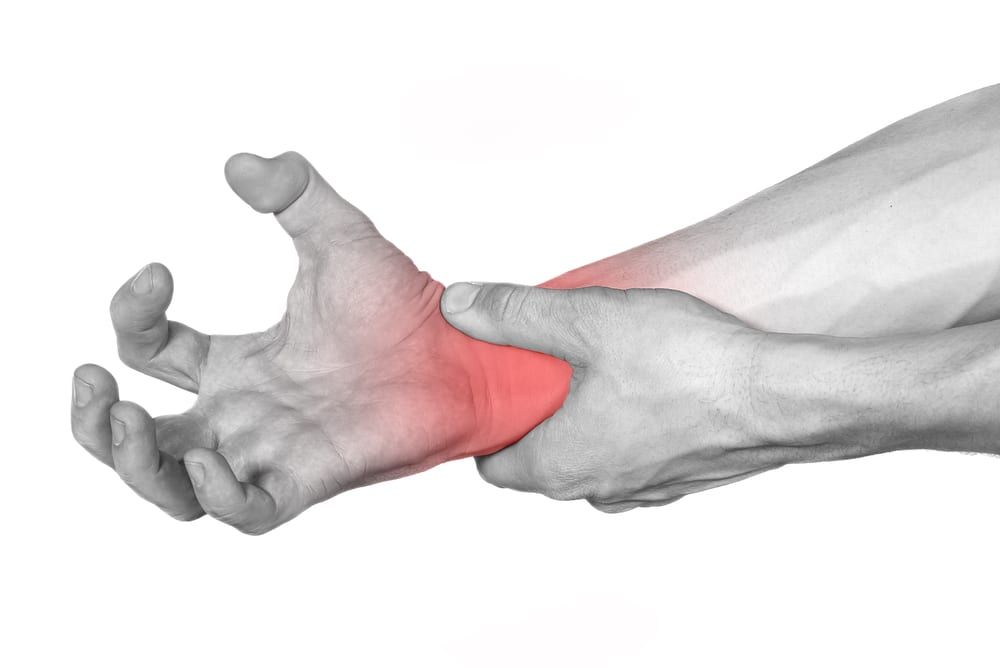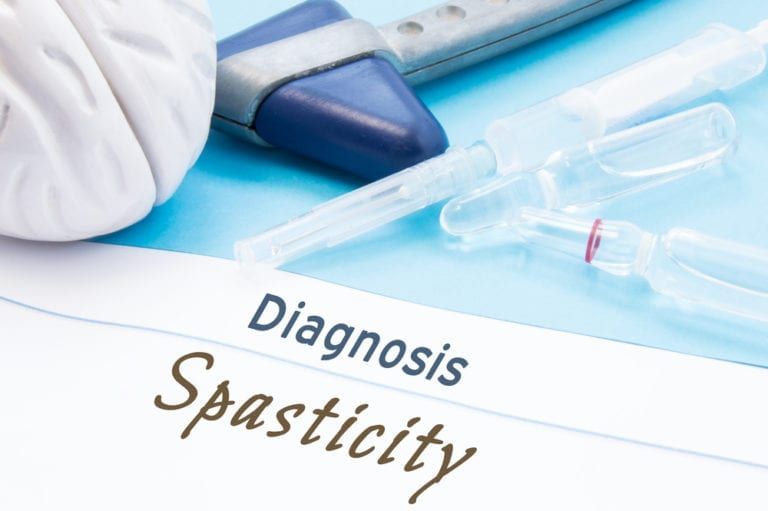Understanding Spasticity and Botox Treatment
Tightness and contractions in the muscles can create an imbalance in the nervous system, causing spasticity. This condition prevents normal fluid movement and affects speech, movement, and walking. Whether damaged due to a traumatic spinal injury or caused by a subsiding neurological condition, spasticity can be harmful and affect other bodily function areas. While physical and occupational therapy can relieve the symptoms, Botox treatment can provide relief from the spastic muscles and provide additional treatment when combined.
How Botox Relieves Spasticity
By definition, Botox is a medical substance created from the bacterium Clostridium botulinum toxin. When the Botox is purified of its bacterial substances, it creates a neurotoxin that can be administered in small doses into the affected areas. The Botox complex weakens the contractions through this injection and blocks the nerve signals, paralyzing the muscle completely. For those with spasticity, the Botox injections allow the nervous system to grow new muscle nerves. For patients who receive Botox as a spasticity treatment, Botox helps minimize the tightening of the muscles and helps produce normal nerve communication as a result. For those with spasticity, it can:
- Last in between 12 to 16 weeks
- Provide significant pain relief
- Allow the nervous system to grow new, healthier nerves
- Reduce signs of tightening and muscle spasms
Indications for Spasticity Treatment

In 2011, the FDA approved Botox for spasticity, allowing Botox to be used for adult patients’ upper limbs. However, the use of Botox is limited, as safety and effectiveness have not been verified for the treatment of upper limb spasticity in adolescent patients and treatment of lower limb spasticity in adults and pediatric patients. For physicians administering Botox for treatment, the select dose is based on the muscles affected, the severity of the activity, the response to initial treatment, and medical history. When administering Botox for upper limb spasticity, EMG guidance is recommended. The most common adverse reaction to Botox when treating spasticity, including pain in the extremities.
For the approval of Botox treatment for spasticity, please check with your insurance company to verify that Botox can be treated for your specific neurological condition.
What is the process at Premier Neurology Center?
Facts vs. Myths
At Premier Neurology Center, Dr. Kashouty and Dr. Yono can provide Botox treatment for upper limb spasticity and schedule follow-up appointments to help guide your nerve cells’ development and track your progress alongside your primary medical physician. During your appointment, the areas to be injected will be cleaned and treated with an anesthetic spray application to numb the skin around the arm muscles. The injection will be mixed with saline and then traced with EMG-guidance to provide an accurate injection site. Once traced, the Botox will be injected into the areas needed for pain relief in the upper limb muscles. Many patients who have received Botox treatment have experienced:
- A gradual pain relief that occurs overtime
- Improved sense of the range of motion and gait pattern
- Higher tolerance for braces
- Improved use of upper extremities
- Decreased pain stiffness

At our office, the procedure takes approximately 15 to 20 minutes to complete. Patients with upper limb spasticity should find improvement when combined with other forms of treatment, such as physical therapy and oral medication. Dr. Kashouty and Dr. Yono will then schedule a follow-up appointment to track your progress and apply additional treatments.
Aftercare and What to Look For
How do I prepare for my appointment?
Our neurologists at Premier Neurology Center will assess your condition, pain levels, and prescribe the best spasticity treatments with the utmost care in mind. Located at 1050 SE Monterey Rd, Suite 201, Stuart, FL 34994, our center will provide you with preparation instructions for your first and continued Botox treatments and advise you on any symptoms that may occur afterward. Please contact us to learn about our Botox injections and how we treat spasticity today for the best in medical care for spasticity.




